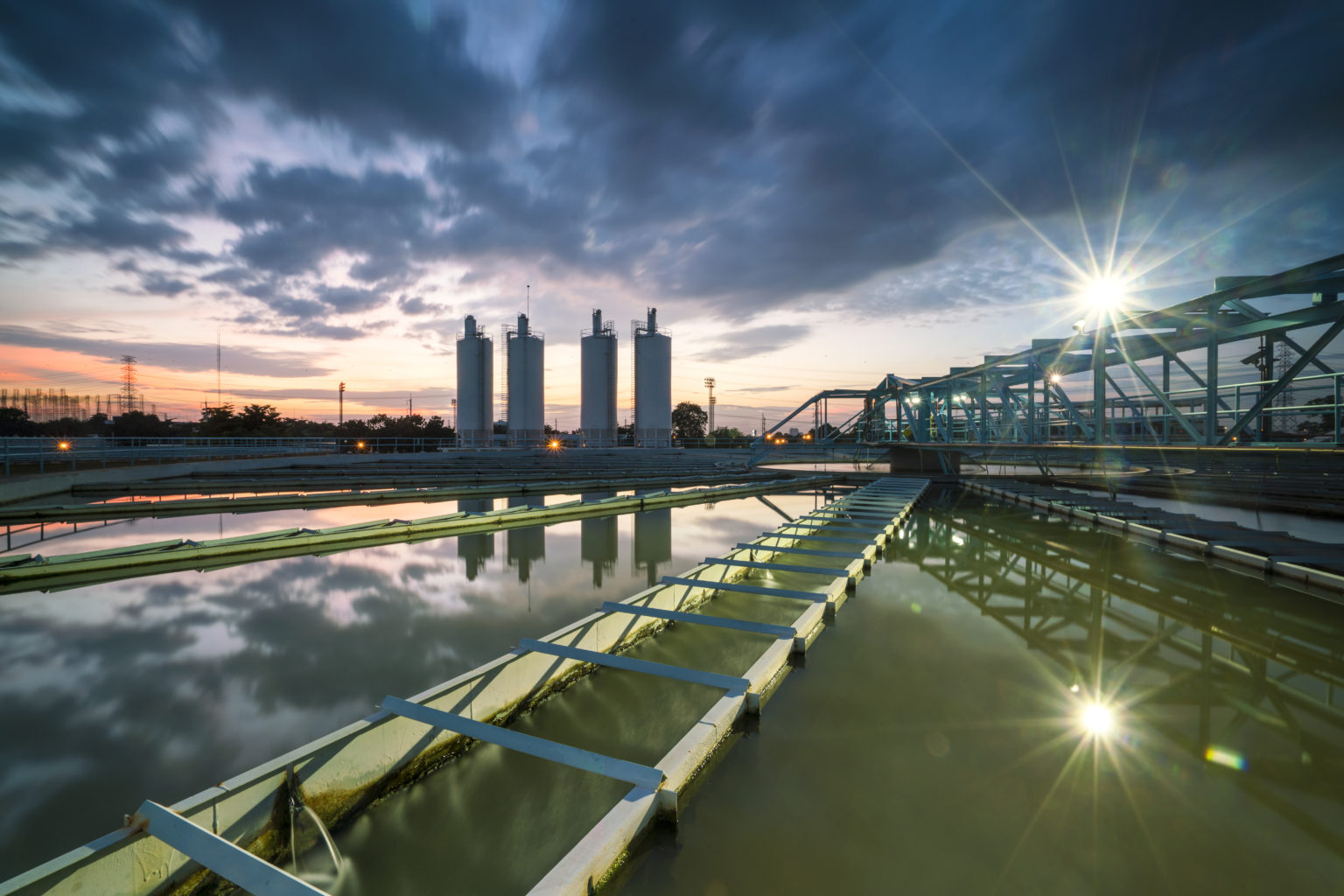Enhancing Wastewater Treatment Efficiency in Bangladesh: The Role of Aeration Blowers

Efficient wastewater treatment is a critical aspect of maintaining a healthy environment and ensuring the safety of our water sources. One of the key components in wastewater treatment plants is aeration blowers. These essential devices play a vital role in promoting the biological treatment process, enhancing the removal of contaminants, and ultimately producing cleaner water. Based on the Daily star news, Bangladesh are the countries with the lowest level of wastewater treatment in the Asia Pacific region. However, they has witnessed an increase in urbanization over the past few years due to the rising population. As a result, there has been a substantial rise in demand for clean drinking water as well as sanitation services which is expected to drive the growth of Bangladesh water and wastewater treatment market over the coming years. In this article, we will explore the significance of aeration blowers in wastewater treatment, their working principles, and the benefits they bring to the overall process as well as to the Bangladesh wastewater treatment.
Understanding Aeration Blowers
Aeration blowers, also known as air blowers or diffusers, are mechanical devices that deliver a continuous flow of air into the wastewater treatment process. This aeration process facilitates the biological breakdown of organic matter, transforming it into less harmful substances. By creating an oxygen-rich environment, aeration supports the growth and activity of beneficial microorganisms that break down pollutants effectively.
Working Principles
Aeration blowers operate based on the fundamental principles of diffusion and gas exchange. The blowers push air into the wastewater, causing bubbles to rise to the surface. As these bubbles ascend, oxygen is transferred from the air into the water, promoting the growth of aerobic bacteria. These microorganisms consume the organic matter, turning it into less harmful substances, such as carbon dioxide and water.
Types of Aeration Blowers
Benefits of Aeration Blowers in Wastewater Treatment
Conclusion
Aeration blowers play an indispensable role in wastewater treatment, ensuring the removal of pollutants and the production of cleaner water. Through the efficient transfer of oxygen into wastewater, these devices support the growth of beneficial microorganisms responsible for breaking down organic matter. The benefits of aeration blowers extend beyond pollutant removal, including reduced operational costs, enhanced treatment capacity, and a more sustainable approach to wastewater management. As the demand for efficient and eco-friendly wastewater treatment solutions continues to rise, aeration blowers remain at the forefront of driving positive change in this vital industry. As Bangladesh endeavours to tackle its waste water treatment issues and promote environmental sustainability, aeration blowers have emerged as a state-of-the-art remedy. By integrating cutting-edge aeration blowers into waste water treatment procedures, businesses in Bangladesh can significantly enhance treatment efficiency, lower expenses, and play a part in creating a cleaner and healthier environment. Embracing this ground-breaking technology sets the stage for a more promising and sustainable future for waste water treatment in Bangladesh. If you are looking for the wastewater treatment solution, you may contact us at marketing@winstonengineering.com.sg






